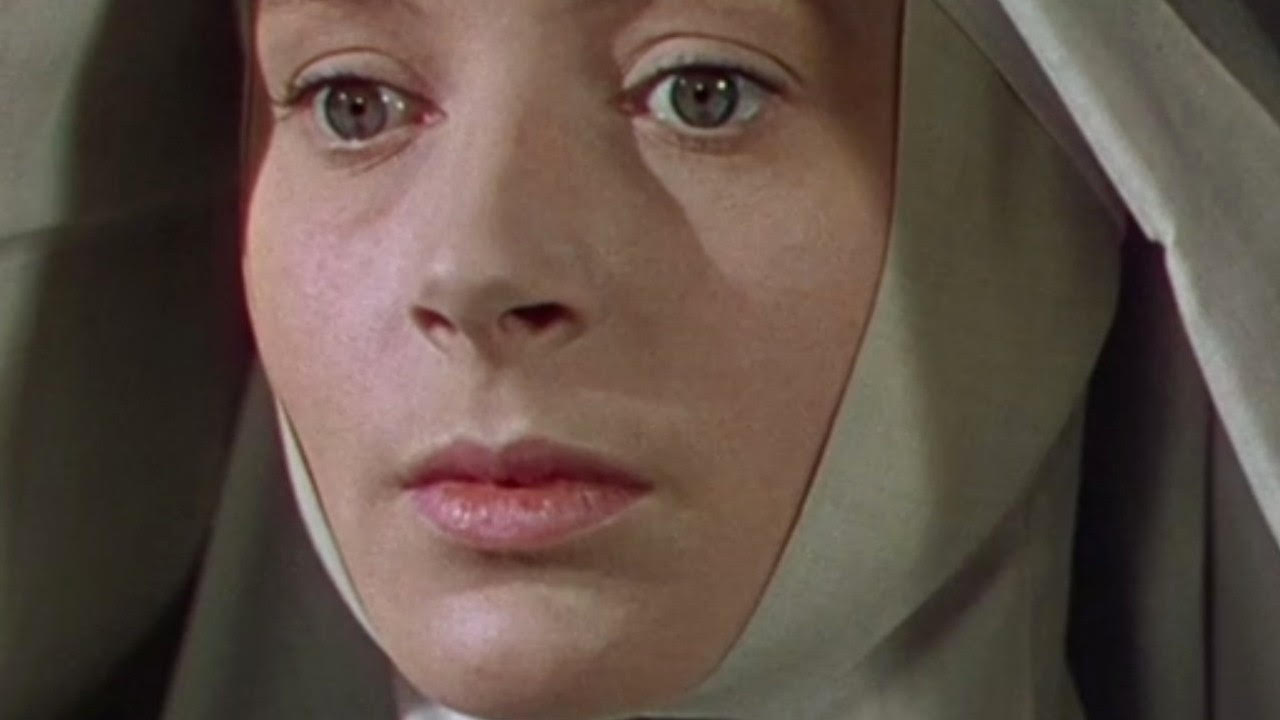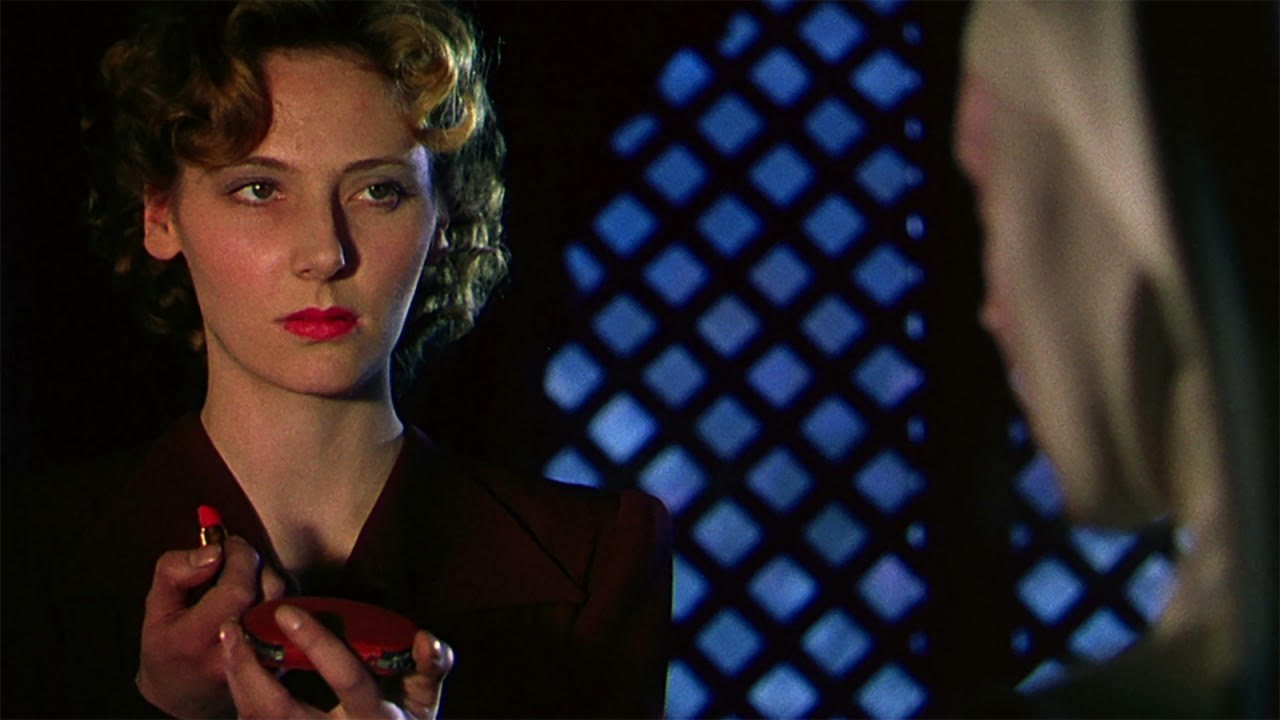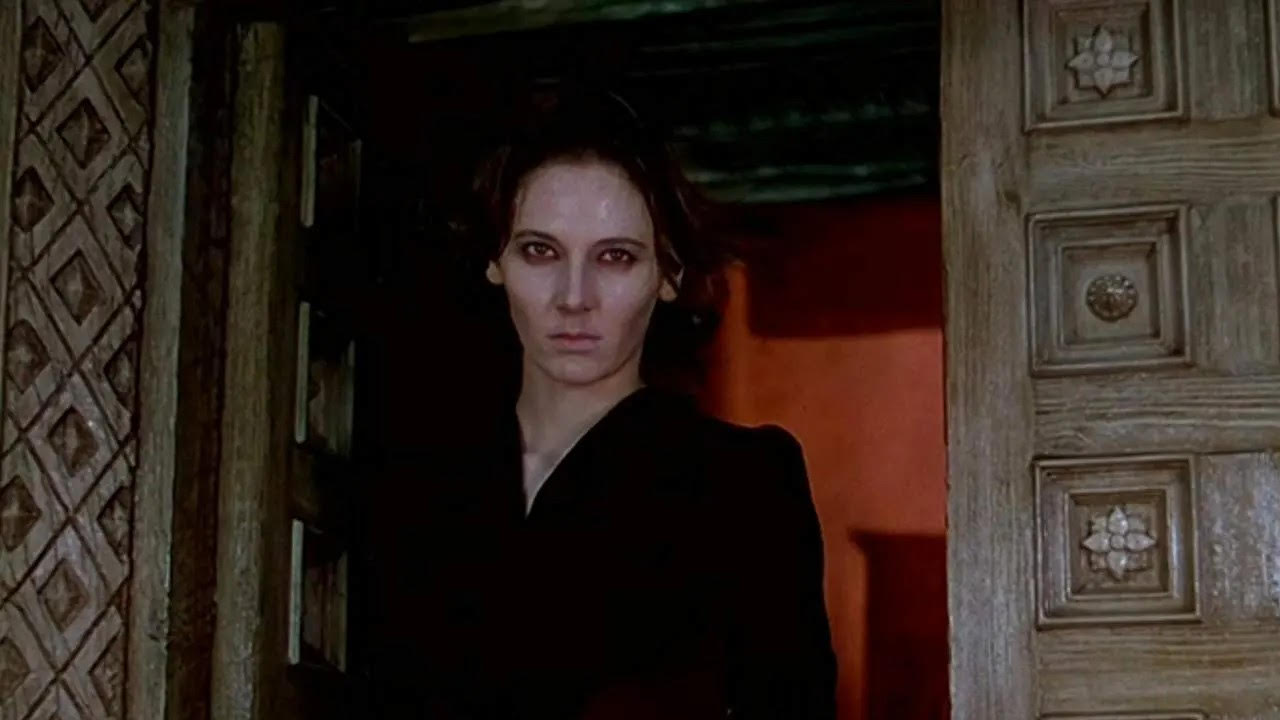Black Narcissus Is A Movie From The '40s About Horny Nuns, And It's Wonderful
Seriously, watch this movie.

If you were to ask me what movies I watched recently, there's a chance that I'll say something like the new Dr. Strange, or Everything, Everywhere, All at Once (which you seriously need to see right now) or something else quite recent. But, there's an even greater chance that I'll say something like I Am a Fugitive From a Chain Gang from 1932, or, 1985’s After Hours, which I think is Martin Scorsese's hidden gem. And, just recently, I watched a great flick from the 1940s called Black Narcissus.
Because I love old movies! During the pandemic, I watched every movie that won Best Picture at the Academy Awards, and I’ve been on an old movie kick ever since, especially films in black and white. Well, one day, my coworker informed me of a movie called Black Narcissus, because I mentioned how I wanted to see Paul Verhoeven’s latest, Benedetta, which is about a nun who has a lesbian liaison. He told me that Black Narcissus was from the 1940s, so I assumed it would be some tame flick with nuns at the center of it.
But no! Black Narcissus is anything but tame! Now, granted, it’s nothing that would make somebody clutch their pearls in 2022, but I was surprised at just how bold, and even modern this movie was. There was a three-episode TV miniseries of Black Narcissus in 2020, which is fine, but I want to talk about the 1947 movie, and why you need to see it, posthaste!
Oh, and a few MINOR spoilers up ahead.

It’s An Early Film That Showcased Eroticism From A Female Perspective
Here’s what really shocked me about Black Narcissus. It’s erotic, but not in a tawdry way. In fact, it takes a legitimate look at female desire, and how it can be stifled, even by choice. The conflict of the story is that a group of Anglican nuns are disobeying their sexual desire in order to stay committed to their vows. Or at least, most of them are trying to stay committed. Deborah Kerr plays the head nun, and she’s young and full of life. Plus, she’s fertile. Very fertile, just like the valley of her new mission. You see, she’s been assigned to set up a school and hospital in the Himalayas with some other nuns, and the area is tended to by a very sexy Englishman, played by David Farrar.
But, everything is pushing the nuns’ hormones into overdrive, as even the walls of the palace that they’re occupying are covered in sexual paintings from when the palace was once run as a harem. Hell, even the air that blows throughout the palace is sexual in nature, as the nuns and the Englishman even comment on how the wind does something to them as it blows in and out… and in and out… over and over again, throughout the palace.
And, here’s the thing. None of this is subtle! You know how sex is always hinted at, but usually unspoken throughout most of the best romantic comedies. It’s sexual tension, obviously, and it builds and builds until the characters eventually do have sex. But, it’s all played for laughs in those movies. Well, not so in Black Narcissus, as this is sexual tension played for horror. Speaking of which.
Your Daily Blend of Entertainment News

It’s Sensual, But Also Legitimately Scary
Now, if you were to look up how Black Narcissus is categorized, you’ll find that it’s considered a psychological drama. But, honestly, I would consider it a horror movie. I mean, I wouldn’t call it one of the best horror movies of all time, but I’m also the kind of person who considers Mulholland Drive a horror movie, so, make of that what you will.
That said, Black Narcissus is genuinely scary. It’s just the tone. It’s really off, all throughout. As mentioned earlier, most of the nuns are trying to stay true to their vows. But one nun in particular, named Sister Ruth (played by Kathleen Byron), is having a really hard time committing. Ruth, if you don’t know, is actually a very Biblical name, and in the Bible, Ruth stays with the mother of her dead husband, and is idealized for her commitment. So, yes, I do think the name “Sister Ruth” is very intentional (and ironic) for a nun who eventually tosses away her faith to roll around with an Englishman.
I won’t tell you what happens in regards to that denouncing of faith, but I will say that madness plays a part in it all, and for a movie in the 1940s, that madness can be absolutely terrifying.

The Acting Is Top Notch
I also don’t think the movie would hold up as well as it does if the acting wasn’t superb across the board. As mentioned, Deborah Kerr is the glue of this film, as you can tell she’s struggling to uphold her vows, even though she never shows (outwardly, anyway) herself weakening. But you can tell. Anytime she has conversations with David Farrar’s Mr. Dean, you just know that they both want to go off into a corner somewhere and do the Devil's dance.
In fact, all of the nuns are spectacular, but Kathleen Byron steals the movie as the aforementioned Sister Ruth, who slowly descends into madness. If I have any complaint though, it’s Jean Simmons and Esmond Knight, who were both very white, but were painted over with brown make-up to play Indian characters. It’s not that either of them are bad, but just like how I’m against any kind of whitewashing, whether it’s in Dr. Strange or The Last Airbender, I’m equally upset when White people actually play people of color. Yes, I know, it was the times, but it’s kind of distracting in an otherwise excellent film.

It’s Probably The Most Beautiful Technicolor Film Ever Made
Last but not least, can I just gush about what a visual feast this movie is? Because it's from the 1940s, I assumed the film would be in black and white, but as soon as I booted up the Criterion Collection Blu-ray, my eyes soaked in the beautiful colors that this film had to offer.
The thing is, I usually don't like Technicolor because I typically find it too colorful. But, Black Narcissus uses colors to its advantage, and even more astounding is that almost the entire film was shot on a soundstage. A majority of it looks like it was shot on location, but those are matte paintings that make up the background, creating a beautiful (and almost otherworldly) effect that makes this story even more captivating. There's a reason why Jack Cardiff won an Academy Award for Best Cinematography, and why Alfred Junge won for Best Art Direction.
Don't just take my word for it; the movie's art direction even inspired the Disney movie, Frozen. I'm dead serious. A movie (at least in the art direction department) about hot to trot nuns, inspired a Disney movie’s aesthetic. You can't make this stuff up!
So, yeah. I love Black Narcissus! Would I recommend it for everybody? No. Because if you don't like old movies, then you might find the pacing slow. But, if you do like old movies, then you can't go wrong with the movie Black Narcissus. It's a masterpiece.

Rich is a Jersey boy, through and through. He graduated from Rutgers University (Go, R.U.!), and thinks the Garden State is the best state in the country. That said, he’ll take Chicago Deep Dish pizza over a New York slice any day of the week. Don’t hate. When he’s not watching his two kids, he’s usually working on a novel, watching vintage movies, or reading some obscure book.
